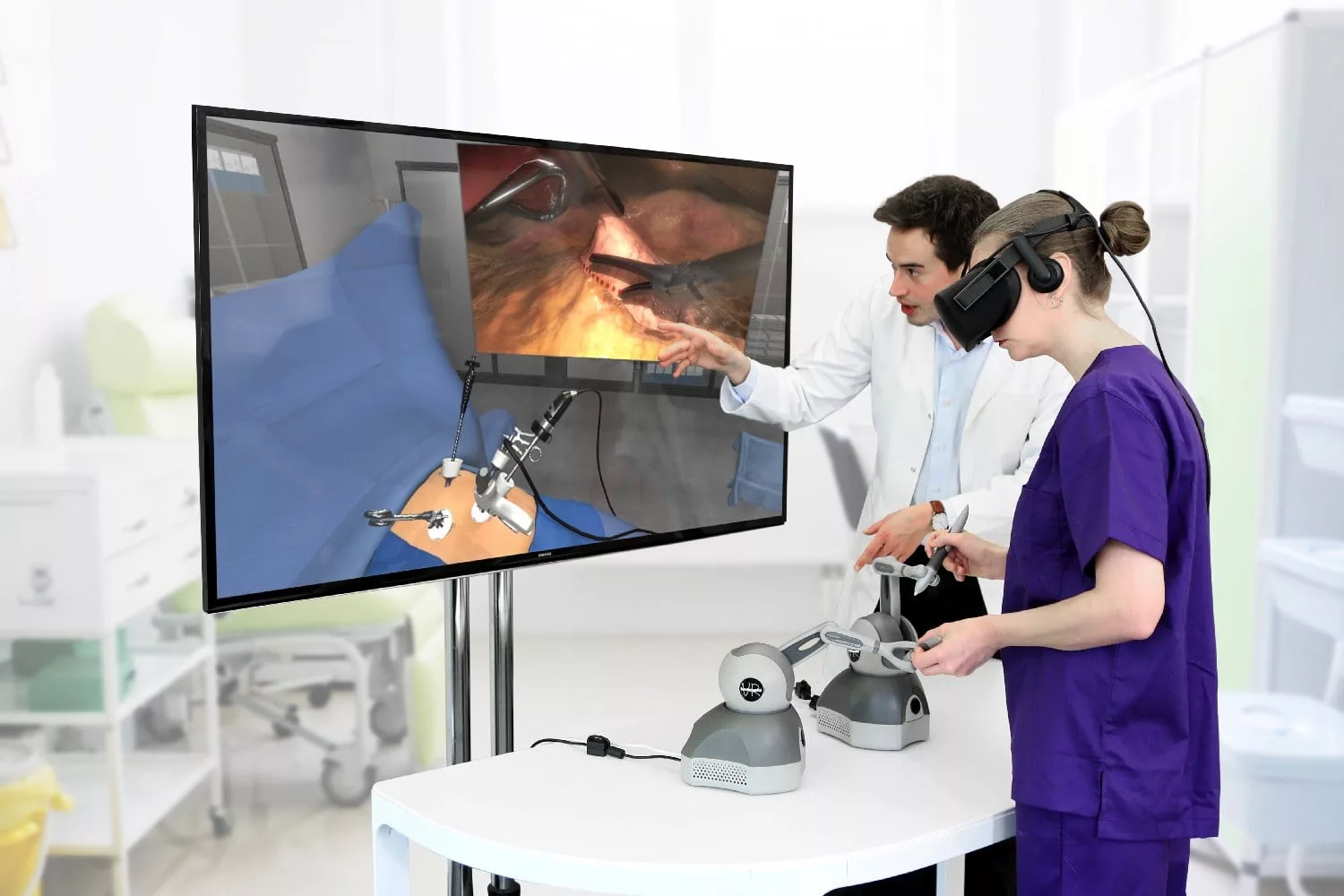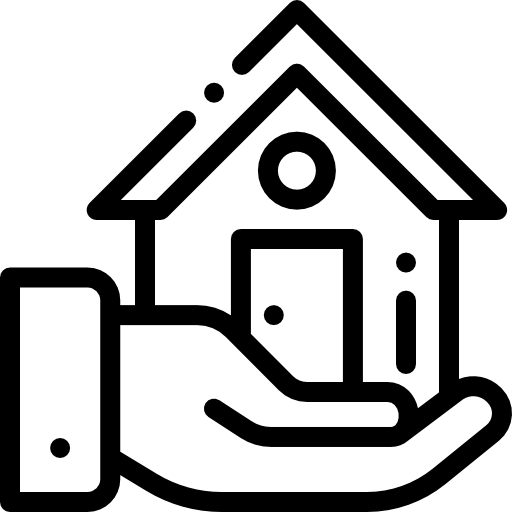Healthcare professionals operate daily in a risky environment filled with difficulties that are complex and changing rapidly, and these risks can be medication mistakes, failure of equipment, infection control lapses, and poor communication among the medical staff. Conventional methods of learning in the classroom and getting some practice at work are beneficial; however, they cannot always provide the same pressure, sensory detail, and repeatability that are necessary to promote safe behaviors.
Immersive simulations, which are carefully created and known in medical terminology as VR training, have the ability to eliminate that gap by allowing the medical staff to go through the motions of rare incidents, improve their technical skills, and even perform team exercises without putting patients at risk.
Below, I explain how VR safety training works, which risks it addresses best, what evidence and learning design principles matter, and how organizations can roll it out so that clinical safety improves and measurable outcomes follow.
What Clinical Risks are Best Addressed with VR Training in Healthcare?
Below are some of the clinical risks that can be addressed with VR training in healthcare:
- High-consequence, low-frequency events, for example, perioperative crises or obstetric hemorrhage. Teams rarely face these events, yet when they occur, coordinated action matters.
- Procedural skill decline caused by limited practice opportunities, such as central line insertion, airway management, and stepped diagnostic workflows.
- Communication failures that occur between different shifts, during the transfer of patients, or in the course of multidisciplinary emergency responses.
- Infection control processes that entail strict adherence to the order of activities, for instance, putting on and taking off PPE in isolation cases.
- Introduction of new technologies, whereby nursing personnel are trained initially on the operation of the device in surroundings that are not the patient’s.
VR training in healthcare is particularly strong where sensorimotor skills, spatial awareness, and team choreography matter.
How Does Effective VR Training Replicate Clinical Reality?
Key design features that make the simulation transferable to real-world practice
1. Scenario fidelity and cognitive load matching
The simulation should present the right level of sensory detail, noise, interruptions, and time pressure, so learners experience the same cognitive load they would in practice. Fidelity is not the same as photorealism; it is about what elements provoke the decision-making and manual skills the exercise is targeting.
2. Interactivity and measurable actions
Trainees should perform the actions that matter, not just watch. This includes instrument handling, verbal closed-loop communication, and task sequencing, all logged for later review.
3. Team-based, multi-role modes
Safe care depends on team coordination. The best modules let learners play distinct roles simultaneously, practice role switching, and debrief as a unit.
4. Immediate, structured feedback
Automated metrics, combined with facilitator-led debriefing, help learners see what to change. Feedback should be specific, behavior-focused, and tied to measurable patient safety goals.
What Learning Outcomes and Operational Benefits Should Organizations Expect?
Realistic gains healthcare leaders can aim for when they adopt well-designed immersive training.
- Reduction in preventable errors through rehearsal of decision-making and task sequencing.
- Faster, steadier procedural skills retention because practice is deliberate, measurable, and repeatable.
- Improved team communication, especially in cross-discipline responses, because behaviors are rehearsed under realistic pressure.
- Safer adoption of new devices and workflows, since staff can explore device behavior without risk.
- Less downtime for training, because modular VR sessions can be run more often and in parallel than full-scale simulation labs.
When measurable goals are set, for example, reducing central line-associated bloodstream infections or improving time to definitive airway in simulated cardiac arrest, organizations can track progress and adjust the program.
How Should a Healthcare Organization Implement VR Safety Training?
A practical step-by-step approach that balances pedagogy, technology, and governance
1. Define safety priorities with clinical leadership:
Start with the safety incidents and near misses that matter most, rather than technology for technology’s sake. Involve physicians, nurses, infection control, and patient safety officers so priorities align with current patient harm drivers.
2. Map competencies to scenarios:
Translate each safety priority into observable tasks and decision points. Decide which skills need single-user practice and which require team simulation.
3. Choose a learning technology that matches the scenario:
Not all VR systems are equal. Some excel at fine motor tasks with haptic feedback, others at multi-person team play. Prioritize platforms that provide data export, facilitator controls, and interoperability with your learning management system.
4. Build a blended curriculum:
Combine short pre-learning modules, immersive practice, and facilitator-led debriefs. Spaced repetition, brief booster sessions, and scenario variation support long-term retention.
5. Pilot, measure, iterate:
Run pilots, collect structured feedback from learners and patient safety metrics, then refine scenarios. Capture objective performance data, for example, time to task completion, error rates, and communication markers.
6. Embedded into continuous quality improvement:
Use simulation findings to inform checklists, equipment layout, and policy updates. The loop from simulated error to system change is where lasting risk reduction happens.
What Hinders Leaders from Practicing, and How Might They Alleviate Them?
These are practical roadblocks and courses of action with respect to overcoming the obstacles.
- Cost concerns: Present a focused business case, showing avoided incident costs, reduced credentialing time, and faster technology adoption.
- Start small with high-impact scenarios: Staff buy-in and time pressure. Use microlearning sessions, schedule practice in short blocks, and highlight that simulated practice reduces stress during real events.
- Technical integration and data governance: Choose vendors with clear data export and privacy controls, and define who can access performance logs for coaching versus performance management.
- Facilitator skills gap: Train clinical educators in VR facilitation and debriefing, because good debriefs convert practice into safer habits.
How Should Return on Investment and Safety Gains Be Measured?
Key metrics to track that connect training to patient outcomesTraining uptake, session frequency, and completion rates.
- Objective performance metrics from simulations, for example, time to critical actions, checklist adherence, and error counts.
- Safety process measures, for example, adherence to sterile technique or proper PPE sequence.
- Outcome proxies such as reduction in near misses, simulation-based failure modes identified and remediated, and trends in incident reporting over time.
- Where feasible, clinical outcome measures, such as infection rates or procedure-related complications, should be compared before and after program introduction, recognizing that attribution often requires time and careful study design.
What Does Success Look Like?
Concrete signs that an immersive safety program is working:
- Teams perform critical actions more reliably during unannounced drills, with less hesitation and clearer communication.
- Equipment layout and checklists are updated based on simulation findings, and those changes are adopted in clinical practice.
- New staff reach competency targets faster, and experienced staff show fewer lapses in known high-risk tasks.
- Leadership sees a downward trend in preventable safety events tied to trained scenarios.
Conclusion:
Immersive learning is not a silver bullet, but when it is integrated with clear safety priorities, sound learning design, and measurement, VR safety training becomes a powerful tool for reducing harm. Thoughtful implementation focuses on scenarios with the biggest expected safety return, a balanced assessment of technology fit, and a clear plan for debrief, data use, and system change.
If you are ready to pilot a program or scale an existing one, consider partnering with organizations that combine clinical design expertise with reliable delivery. Limina Studios, based in Dubai, offers professional virtual reality solutions for healthcare teams, including scenario development, multi-user deployment, and facilitator training, enabling organizations to translate immersive practice into safer care.






















